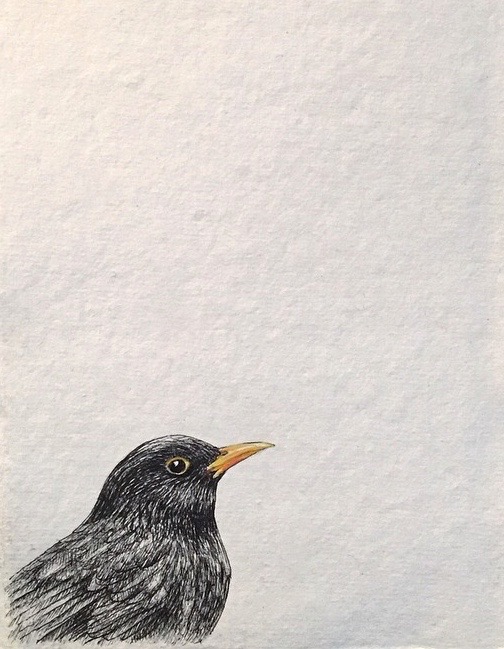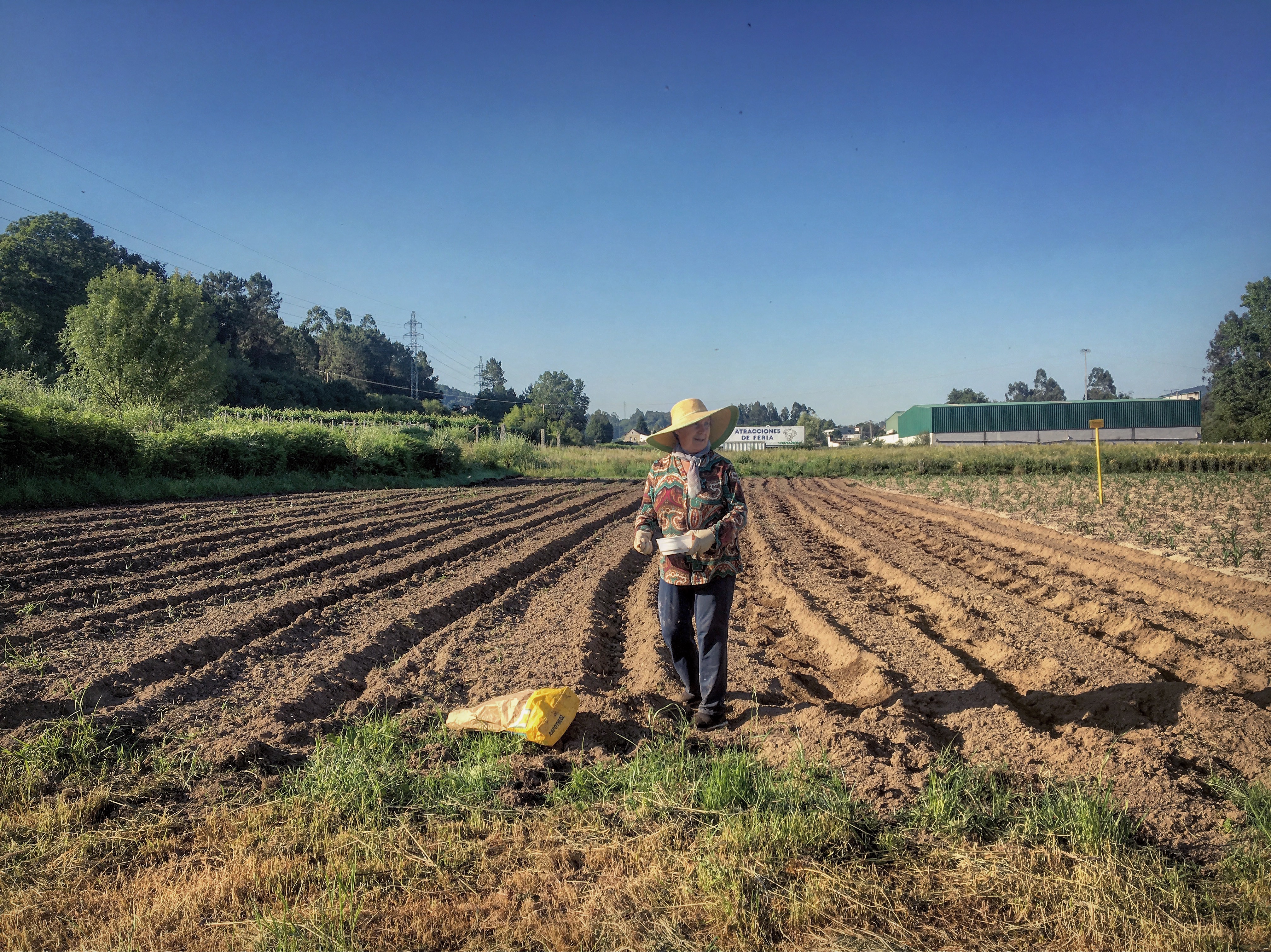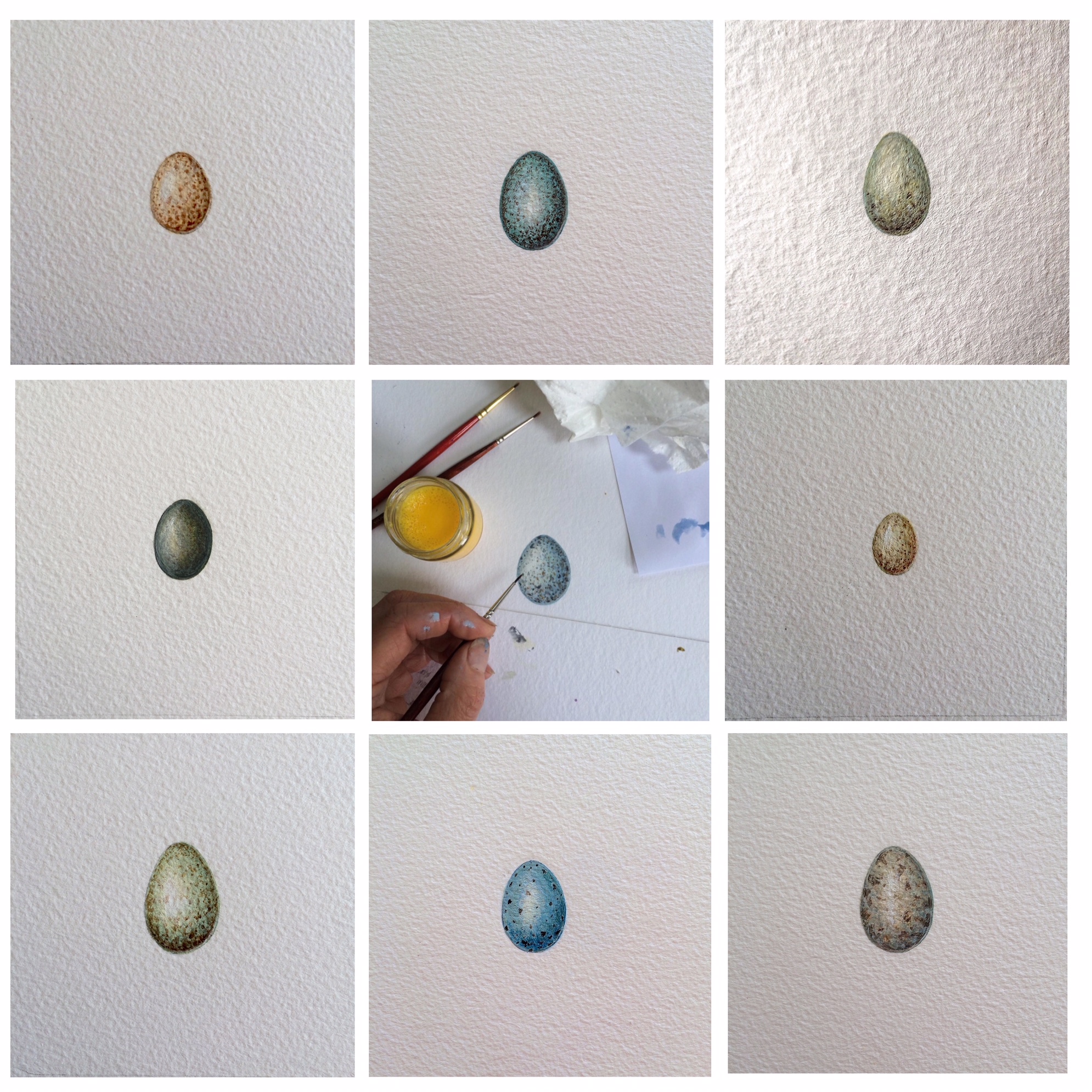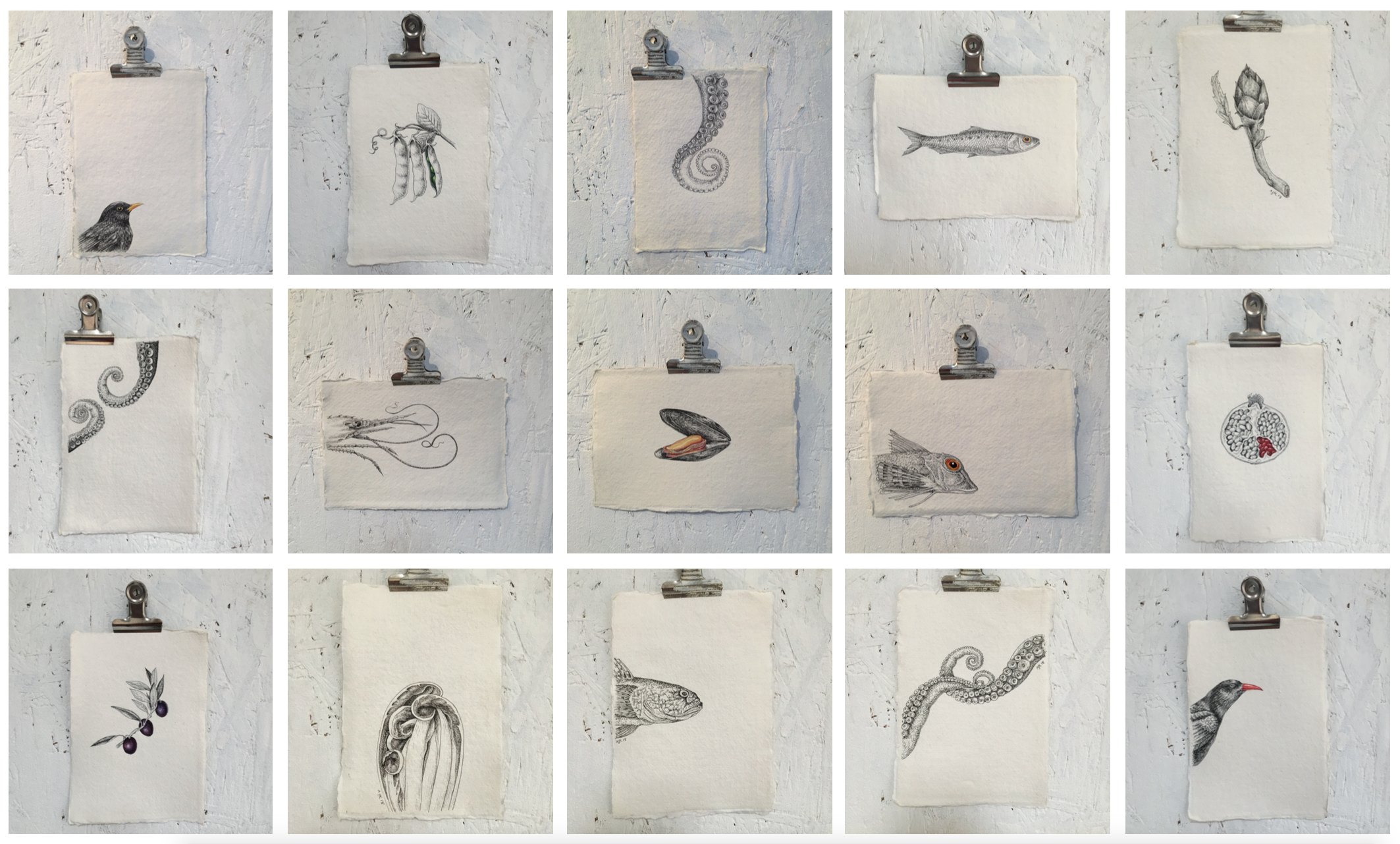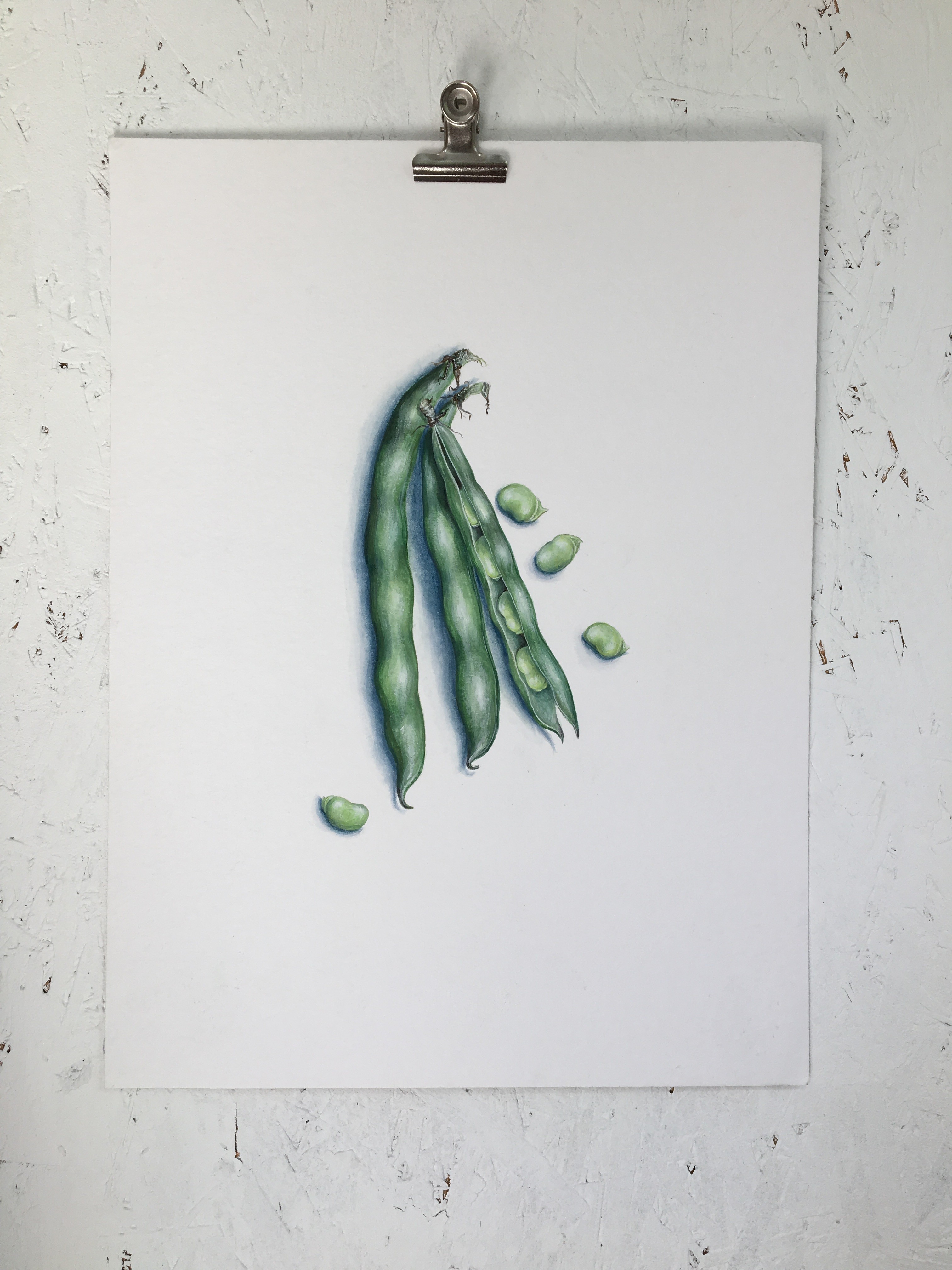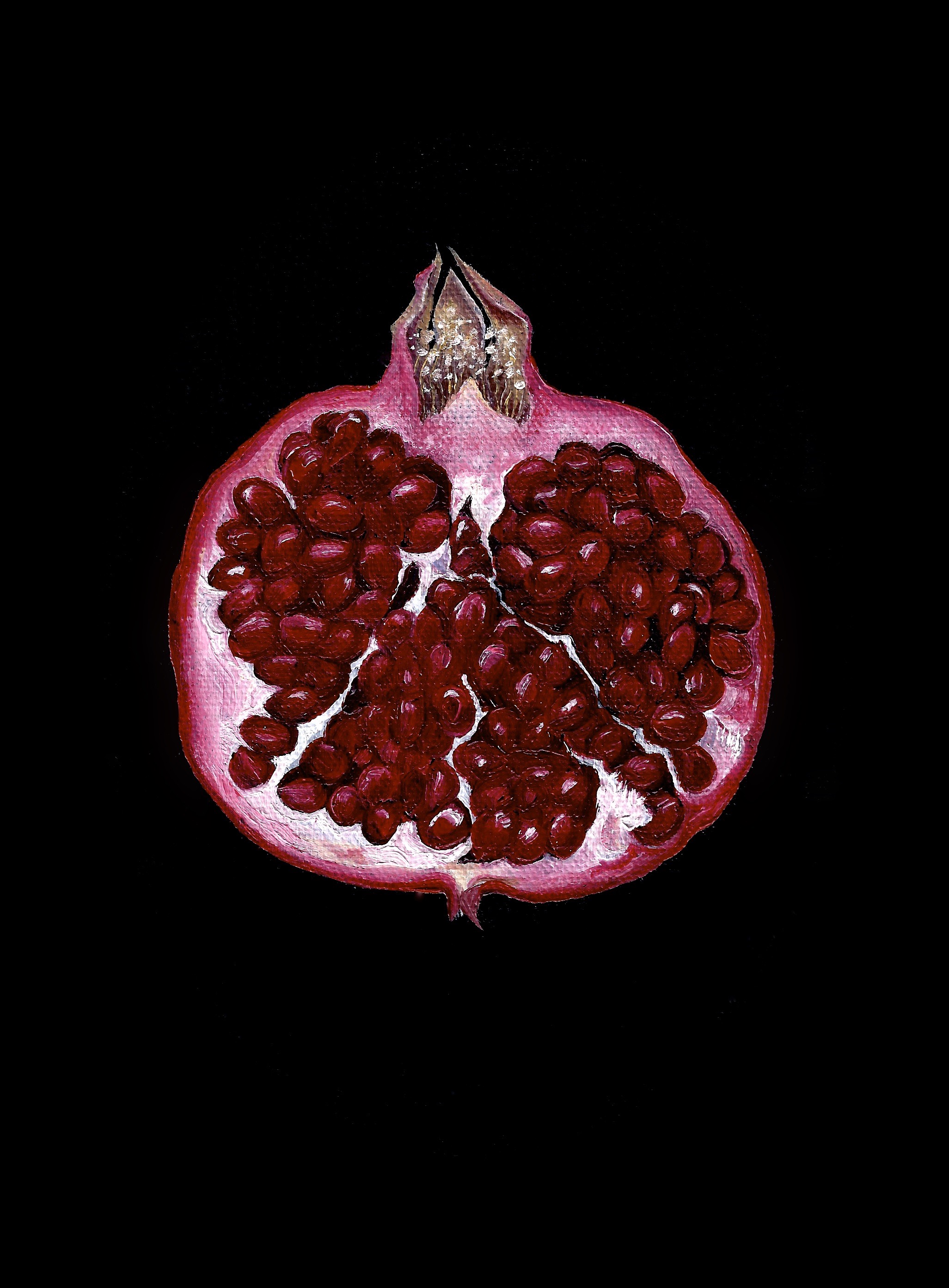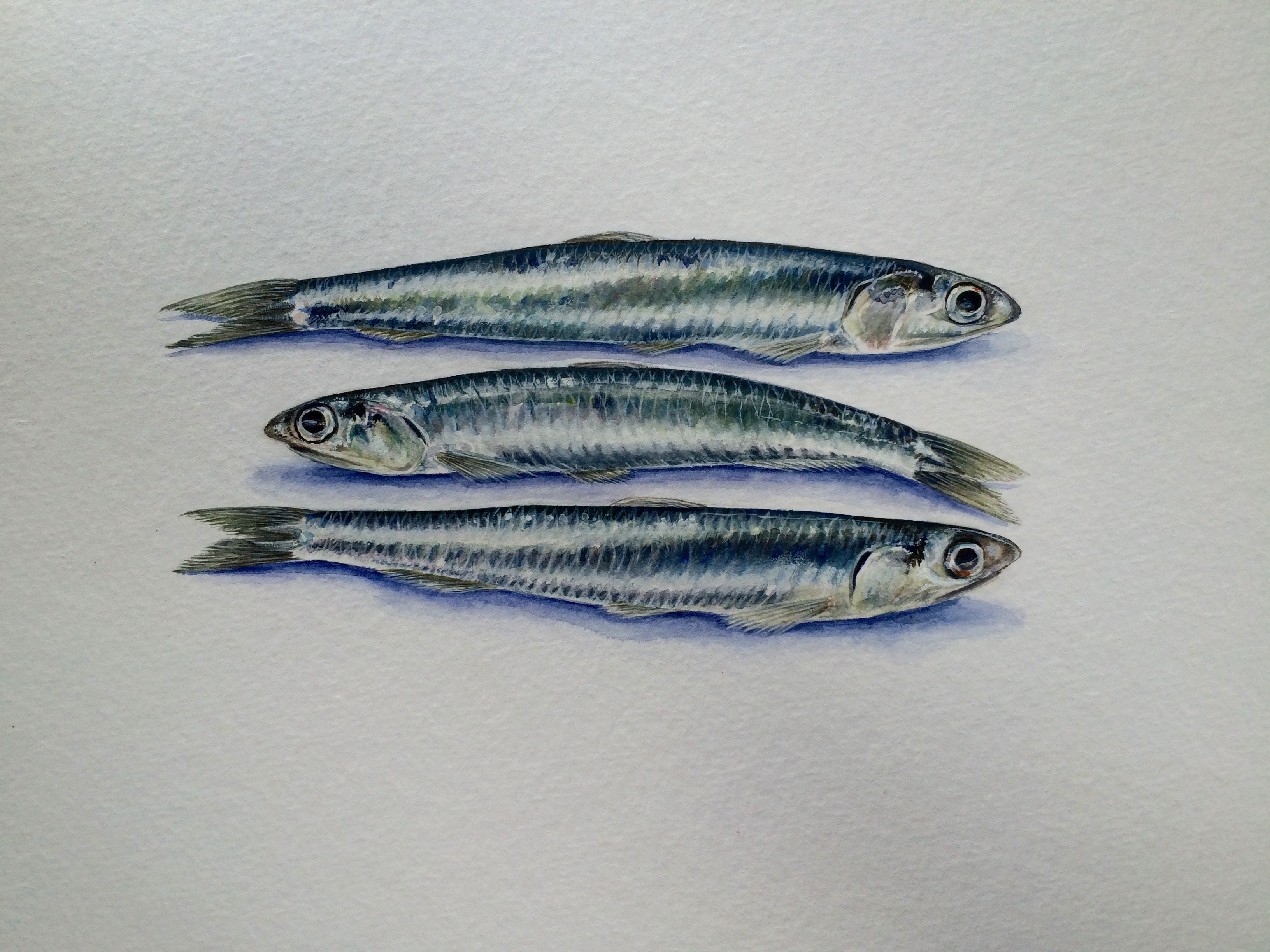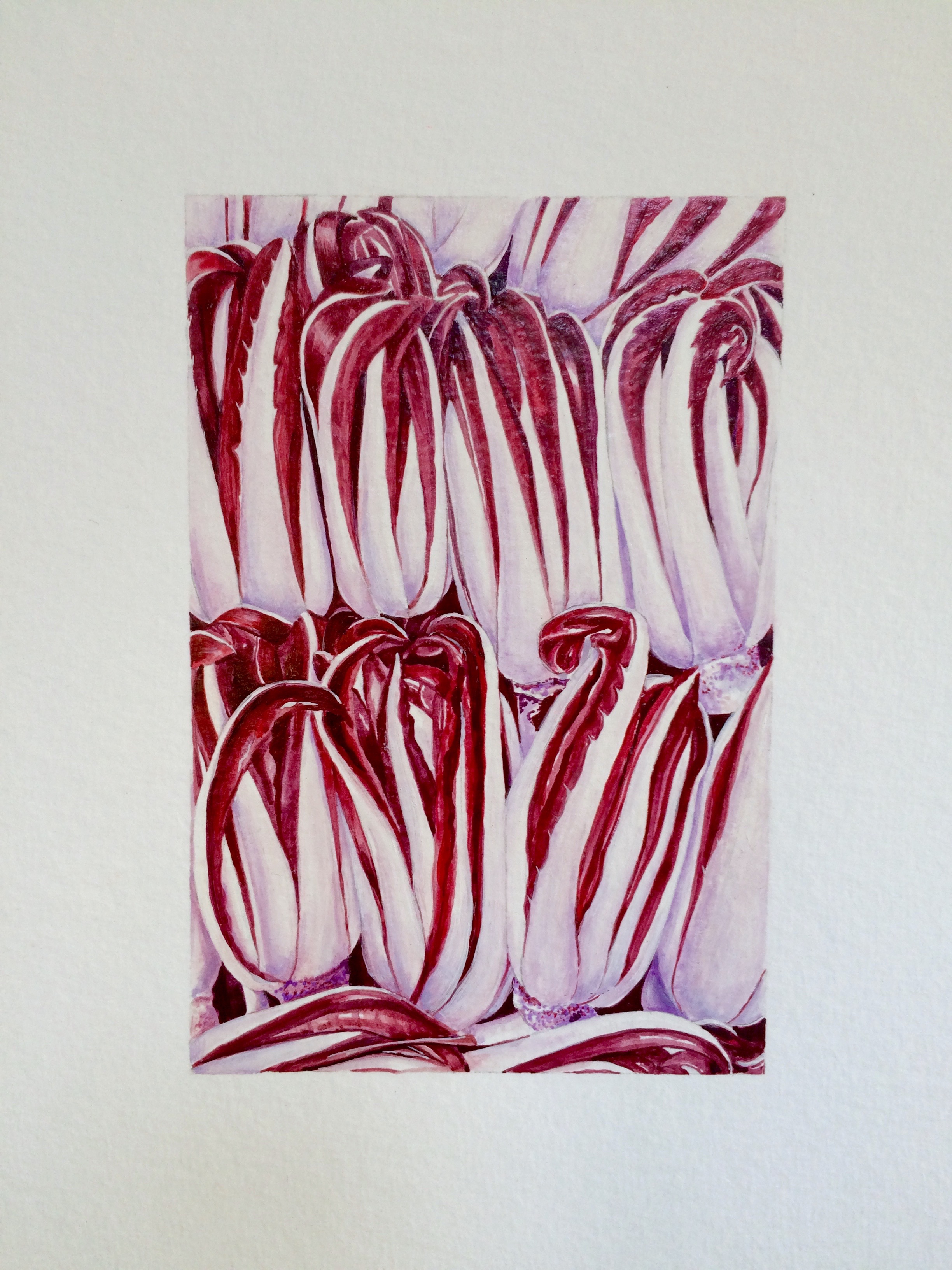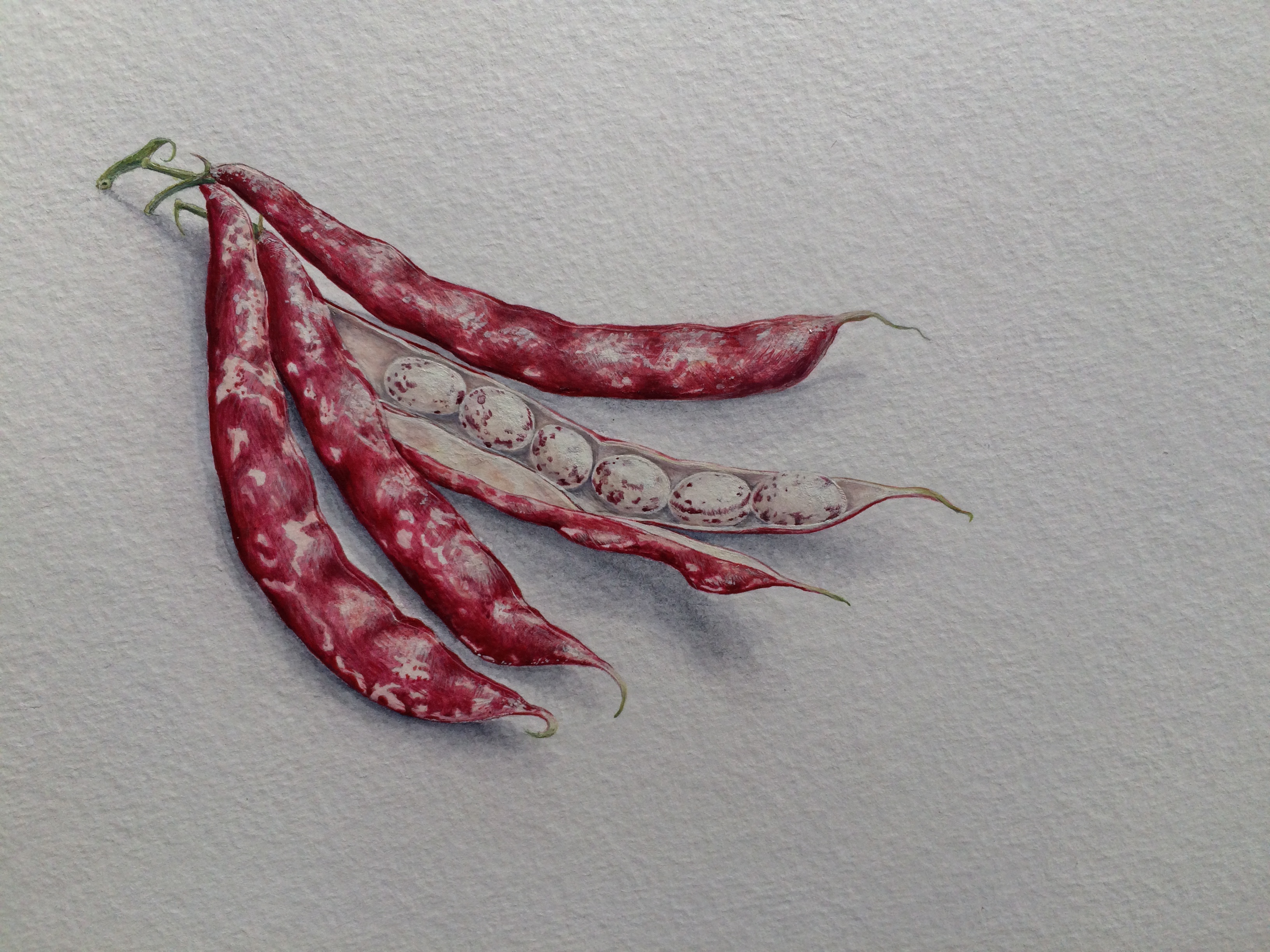Blackbird
I barely had time to register the dart and flare as he swooped, a shallow parabola of petrol-black that began from deep within a holly bush, it’s vertex barely clearing the tarmac as the blackbird began the climb in an effort to complete the perfect arc and make it to the hedge on the other side.
In my mind I have to slow it down, frame by frame, to try and understand just how close he was to not making it. One second visible, then to my horror his sooty shadow disappeared below the level of my eye line to surely collide with the bonnet of my car. But miraculously there he was, like a paper dart, puncturing deep into the rambling hedgerow of honeysuckle.
Of course this is not always the case. Blackbirds are renowned for low sweeping aerobatics and so it’s of no surprise to see their earthbound, broken and dusty bodies along the side of a lane when I’m out cycling.
But to find one, literally seconds after it’s been hit, well that’s rare.
But I did.
And right now I’m in fear of drowning as I struggle to cope with the flood of emotions that’s slipped in between my ribs as incisively as a surgeon’s blade, to jab at my heart. So quick, so skilled. Surely I shouldn’t feel a thing. But I’m ashamed to confess that I do. Ashamed, because this is not supposed to be about me, but about the blackbird that I found upside down in a drain.
We saw him only because he happened to lift a wing. Like a small black sail being raised, had it not flapped then he would’ve remained invisible to us as we drove on by in the early evening, heading for home and supper.
We pulled up into a gate way, and I ran back to see if he was alive, or whether it was simply a sick joke the wind had played as it chased the last of the daylight through the overgrown verges and the sprawl of summer-swollen hedgerows.
I gently lifted him from the gutter. His body was warm. Lying him on his left side I could see his sun-rimmed eye was clear, but deeply alarmed. He was still breathing. I felt a momentary lurch of hope. I could nurse him. As a youngster, my father had taught me to place any found and damaged wild thing somewhere warm, dark and safe to allow any shock to subside. It’s not the wound or broken bone that is the first to kill, it’s more often the shock that will take them.
But gently turning him in my hands so I could assess his back and left side, I could see that it would’ve been a useless endeavour. His left wing was broken from the shoulder and it was torn and bleeding; the back of his head was punctured and also pouring blood. No amount of careful attention would’ve mended him. I had a choice to make. And absolutely hated myself for what I was about to do.
Some will use the word ‘dispatch’ suggesting the task of killing is done with speed and great efficiency. Others try and soften the act with the term ‘put it out of its misery’, suggesting that you’re helping someone or something avoid a certain future of pain and suffering by helping them meet their maker earlier than they would have otherwise.
Had I the right to call time on this spoiled life? Should I have taken him back to the car, only to distress him further and then die in my hands. Perhaps I should have just popped him in the hedge, broken and bleeding, to take his last few breaths in familiar surroundings? My sense was that he wouldn’t have lasted the journey home, but that leaving him in a hedge it’s likely he could’ve lasted perhaps a day. Which would’ve been fine if he hadn’t been fatally wounded.
So I did what my dear father would’ve done, and has had to on many occasions over the 50 or so years that I’ve known him. My father, the birdman of Trelill who will go to the ends of the world to mend what is possible to mend. I ended the blackbird’s life as quickly as I know how.
The decision I made will horrify some, I know, when they read this. They will see me as playing God, a murderess of small things. While others will shrug and move on… it’s hardly newsworthy is it. It’s just a bird. It was going to die anyway, right? After all, let’s get a sense of proportion: There is human suffering, mass murders, and environmental events that are truly horrendous and on such a scale that it’s hard to fathom how those affected are able to carry on.
But it’s not just a blackbird is it. The car that hit it, before we came around the corner, was driven by someone in a hurry. It’s said that birds can judge speeds up to 40 miles an hour, and as such have a good chance of avoiding a collision. Any faster than that though, and they’re unable to compute. And that’s when accidents happen.
And the truth is I don’t think humans are much different.
Our lives have become faster paced, hurried, and we’re giving ourselves less time to process and assess what’s really going on. And there’s an awful lot going on that we’ve already missed. And some of us are quite surprised by this. Others still are in complete denial. Our world is shifting and evolving at such a pace that if we don’t put the brakes on we’re going to fuck it up so entirely that the odd squashed blackbird really will be the last of our problems.
But it’s a good place to start.
July in the strawberry patch
July 13, 2018UncategorizedIllustrator,Illustration,egg tempera,strawberry,wimbledon,wild strawberry,annakoska,journal
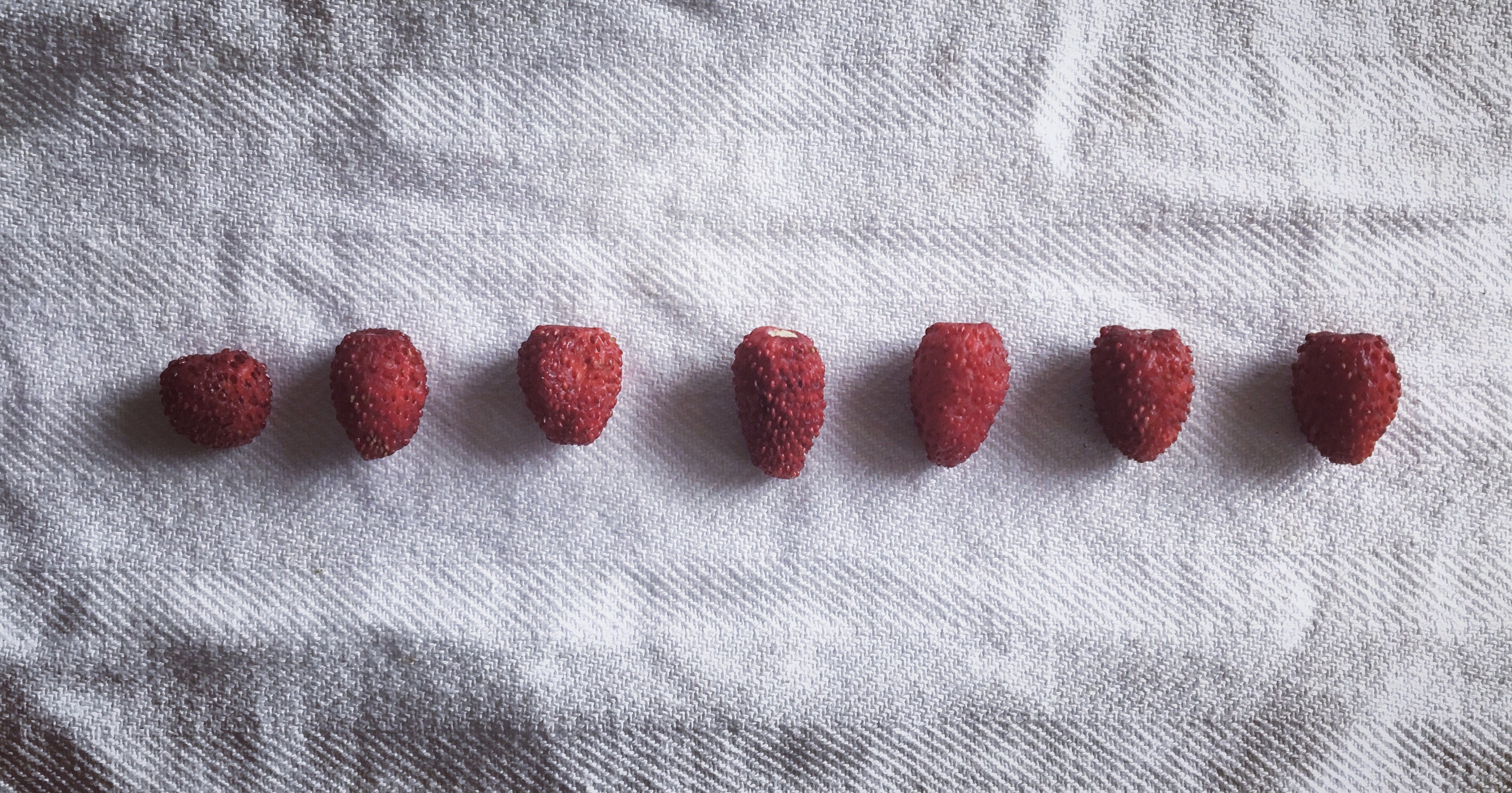
I optimistically thought that if I can beat the slugs, discourage the field mice and net them from the black bird that watches me from the holly bush (because we’ve clipped back the cobnut now, so it’s too stumpy to work as an all seeing power seat for the true proprietor of my vegetable garden), then we (the humans) might just be in with a chance of actually enjoying our own strawberries this year.
Every time I went down I’d discover a new little hole carefully chewed through the netting by the field mouse, so I’d dutifully adjust it to hold him at bay awhile. I also discovered that overwatering was like waving a white flag at the slugs “I give in! Slide this way and fill you boots.” So I’ve watered far less. No wayward stem has been allowed to stretch beyond the netting and wave a curly tendril daubed temptingly with glowing digits of red. These are religiously tucked back in their corral every time I spot an escapee. And so with all these little tweaks and tricks I’m learning along the way, we’ve done so much better this year.
There’ve been times that I’ve crept down at silly-hour in the morning, gathered up a generous t-shirt pouch of them and wandered back with enough for my family to enjoy on their cereal/yogurt/straight from the hand. Actual bowlfuls!
It’s been the same with the other berries too. But these seem to be permanently guarded by that blackbird and as I open the gate to these fruit beds, he’s there, ready with a shouty stream of pure vitriol. I’d not realised that blackbirds actually knew such language.
But there’s plenty for all here, really.
It’s just the strawberries I don’t feel so inclined to share.
So this morning I woke early, and slipping on a t shirt and wellies, I grabbed a colander and took a wet-let walk through the field, such a whisper of grasses now prematurely brittle and bone pale. This Summer has been longer than the usual week we fondly joke about and has in fact stretched out for more than a month of relentless sun. It’s lucky we don’t mither over the rather middle class obsession of owning a perfectly green, weed-free lawn. The stretch that could loosely be called such looks scorched as if someone’s being playing with a blowtorch. But miraculously, the soft fruits don’t seemed to have suffered at all.
Burrowing under the netting I could see that all the fat juicy ‘domestic’ strawberries have long gone, their season ended last month, but still the wild strawberries keep coming, and some of them are the size of a Gobstopper! Their flavour is so much more refined and perfumed than their rather comical counterpart, almost soapy, but not in the frothy, gag-inducing way; there’s just the gentlest most comforting suggestion of Doves’ Beauty Cream bar… depending how ripe they are. I love them, in fact I’ve become just a little obsessed with them.
So in honour of these seasonal beauties that taste like no other outside of these few months, I found the biggest one, held back from popping it straight in my mouth, and instead took it up to the studio, sliced it in half and got my paints out.
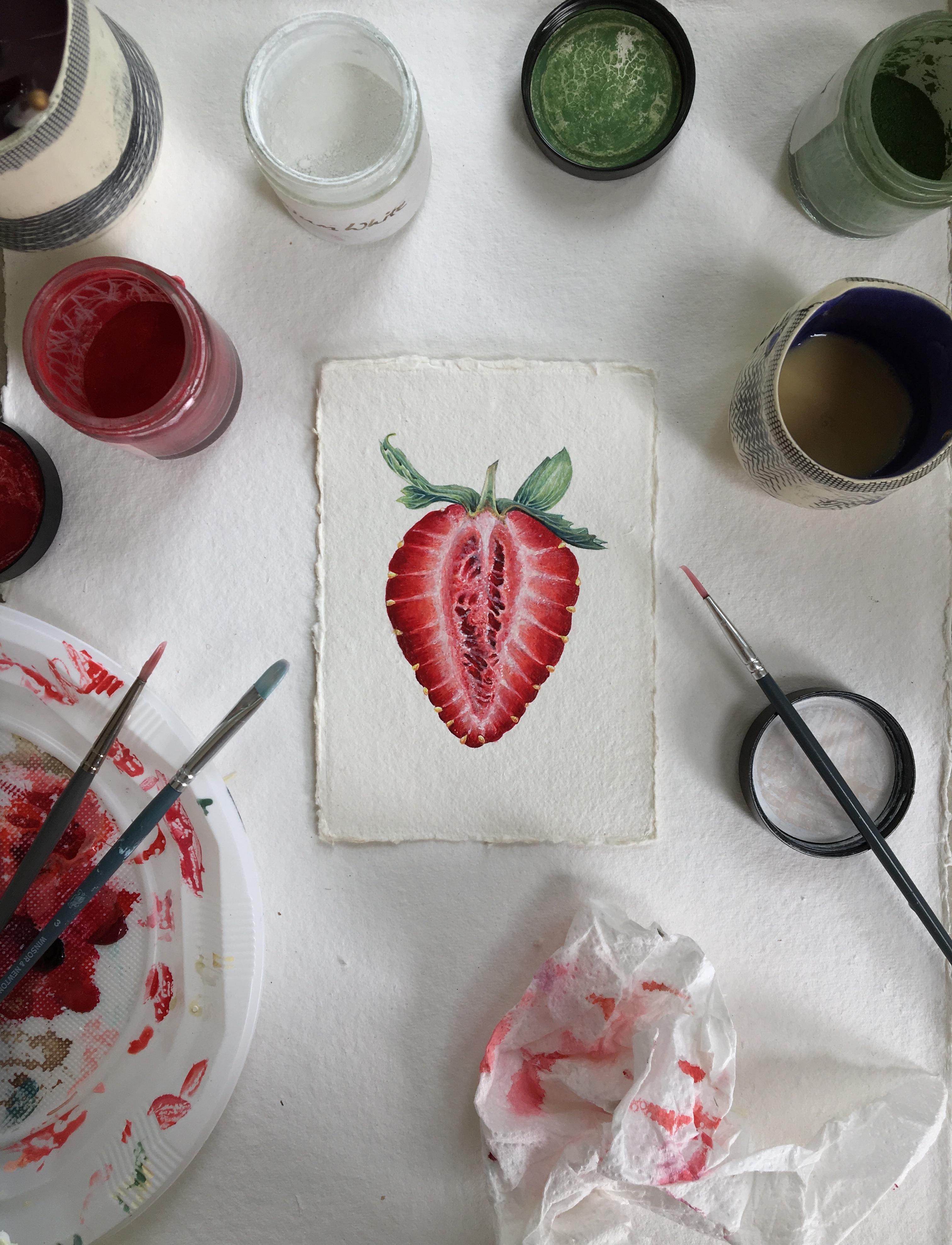
I could go headfirst into a dizzy rant here, you know, about eating with the seasons. In fact I know of quite a few folk who’ve written very eloquently on this. And I know I’m one of the lucky ones that has the space to grow much of my own veg and fruit.
But I will say this: very little can surpass the flavour and texture of the food we choose to eat, when it’s been grown and eaten in the season it was meant to be. The strawberry is a perfect example of this ‘truth’.
A walk beyond the field
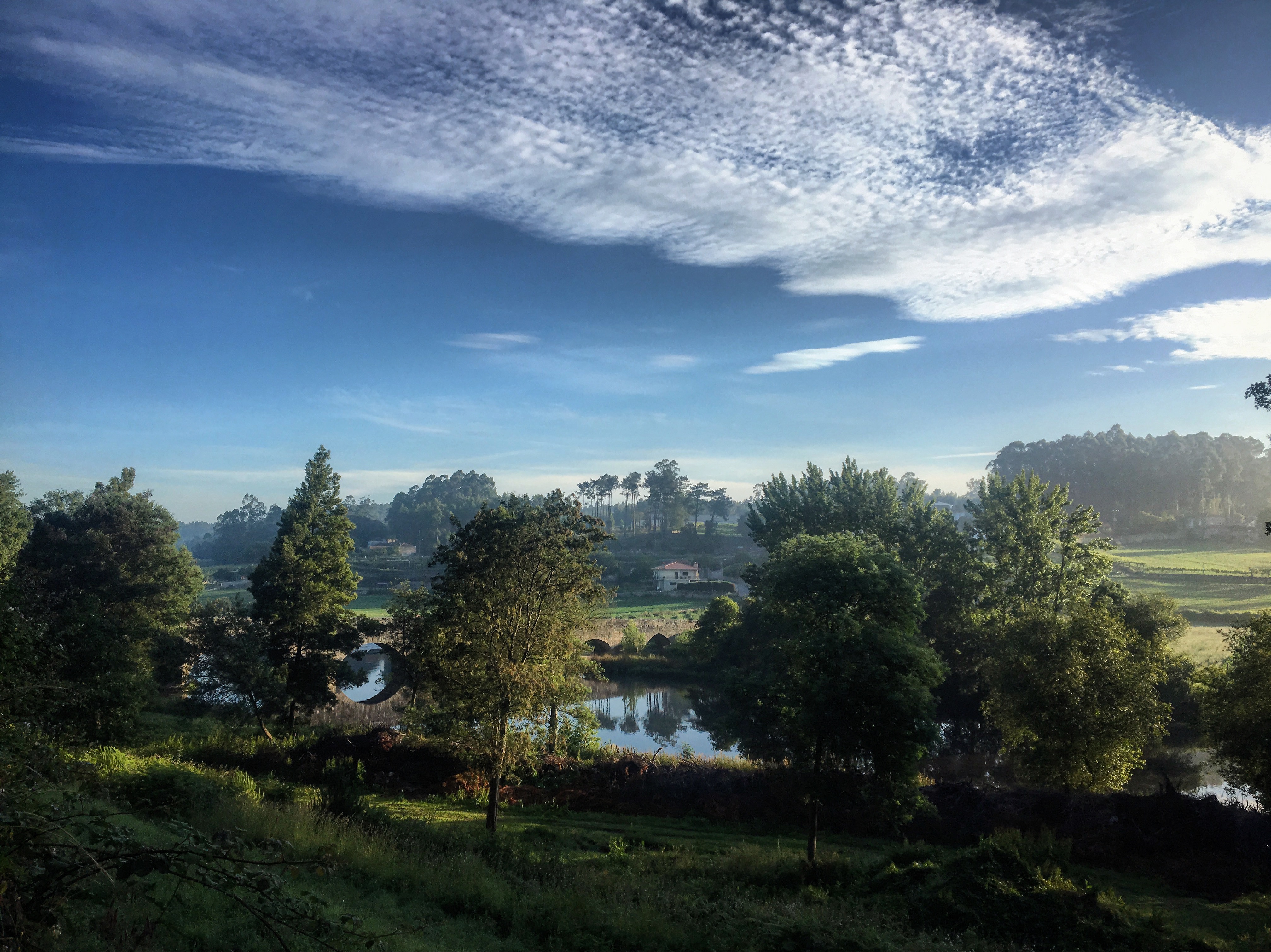
Home from a long walk with our eldest that took us from Porto in Portugal, to Finisterre in Galicia, Spain, and I’m overwhelmed by the changes in the field…
While we’ve been gone for most of June, much of England has been basking without sun protection and as we flew in, her usually green and pleasant curves appeared parched in parts, utterly scorched and lifeless in others. On arriving home the first thing I did was slip on my boots and take a walk through the field.
June is a busy time in our field. The mice run riot among the weave and weft of long grasses, while the grown-up hoppers spend most of each sunlit day seemingly either up in the air, or resetting their back-leg boing to do it all again. Fledgling birds make tentative steps out from the protective shadows of hedge, nest and parent, while Juvenile magpies bide their time along the edges of the mown paths to the veg plot, having been taught well to wait for those mice and young birds. Grass snakes occasionally languish at the edges of these paths too, though now we’ve another dog that’s taken to racing madly through the grasses to burst onto these stubbled walkways, it’s likely they’ll choose safer sunning spots. The butterflies become more playful and apparent with Small Coppers and Meadow Browns featuring regularly, the occasional dance of two Large Whites. Less often I’ve been delighted to spot the small, pale wings of a Chalkhill Blue. The families of Fallow deer have grown noticeably each year and along the wooded edge of the field they leave perfect imprints of a night’s gathering and rest. And then of course there’s the every present light-footed platoon of horseflies.
Our walk (one of nine recognised pilgrim paths to Santiago de Compostela) laced through hundreds of miles of sprawling farmland and countryside, through tight knots of compact villages, clusters of granite built hamlets and sprawling tangles of towns alike. But always with the common thread that this path (that was often hard to track) had been walked for more than half a millennia.
Within three days of beginning we’d already settled into the comforting rhythm of walking, eating and sleeping, then walking again, always with a view to where we’d hope to reach and rest by the day’s end. It was quite an extraordinary thing to find that a pared down and somewhat repetitive structure to each day allows your mind such breadth and width to focus on whatever it happens upon, regardless of whether you want it to, or not. And with little to hinder its reach, my mind gradually wandered to far away places, some as glorious, verdant and lush as the lovingly tended vegetable plots we meandered through en route to Ponte de Lima… some less than beautiful, more attune with the industrial wastelands we had to march through to escape the inevitable spread of some major towns.
My eldest, at 20, has walked two caminos before and so this came as no surprise to her, and it was both a comfort and a relief to be able to walk and talk, or not have to talk at all, with my child who is not a child any more.
At this point in writing I could wade into that sharp-edged wilderness and write reams. But I strongly suspect this would turn into a different kind of story, and one that would have you turning off the light, tired, probably bored, and very ready to head to bed, while I’d still be here, in a frenetic blurr of typing!
This story is more about taking a step out of my field and into another that left me quite exposed, but deeply relieved to have had the opportunity to strip back the comfortable routine I think a lot of us build for ourselves. Of course we all ‘know’ that it’s actually a comfort blanket, a ‘noo noo’, whatever you care to call it. And I think we all quietly suspect that in the long run that little talisman can actually prevent us looking beyond the worn hem, and at stuff that isn’t quite as comforting. But it also perhaps stops us looking at fabulous, marvellous and extraordinary possibilities… things that are equally scary, but ‘might’ be quite amazing if we just took a peak.
I’m always late to the party, and I’m pretty sure you’re all nodding, hands ready with the slow clap. But it’s taken a while for me. 352 km to be precise. And yes, if you look it up you’ll see that it should be about 345km, but we took a few wrong turns.
Stuff I found out about myself:
I can walk, and quite a long way.
I didn’t need to pee every hour, even though I drunk enough water to drown a camel.
I’ve got the patience of a labrador.
I’m pretty crap company and tell terrible jokes when I haven’t slept for 48 hours.
I still don’t rate octopus to eat. (Boing!)
I can be vile when pushed beyond my patience (I shocked myself, and apologised sincerely).
I’m completely rubbish at retaining new words in an unknown language.
I could live off a diet of pasteis de nata alone.
I snore.
I’m good at remembering the words to Bohemian Rhapsody.
My fear of getting lost has faded, because we got lost a lot.
And now I’m standing in the field, having missed most of the subtle but rapid scene changes that it flits through like a magician with his pack of cards; so quick, a slight of hand, a momentary blink and you’re into a new season. But I’m here, very much here.
The ocean of grasses are swaying, golden heads caressed by the gentle warm breath of westerlies. Some of them stand as high as my shoulder. There are more islands of mallow than I’ve ever known, and the cranesbill this year has spread beyond its usual curtilage near the veg plot. There’s a female blackbird 4 steps ahead of me, just along the edge of the newly mown path to the veg plot. She’s concentrating intently on something in the large sprawl of birdsfoot trefoil.. a jab, then a double jab with her beak and she’s off, flying low into the line of silver birch that bank the lake.
Grateful. Such an overused, half-arsed effort of a word that barely scrapes the sense of indebtedness that I feel towards my daughter, for walking with me, to my family who shuffled their diaries and lives around to allow us to disappear for 3 weeks…. most definitely a tugging sense of deep admiration and thanks to all those who through the centuries have maintained these ancient pathways to allow folk to find their way on so many levels.
If you’ve ever toyed with the idea of walking a camino, then do.
First Catch Your Fish
So she’s finished.
What an experience. The last time I painted something this size was about 4 years ago… and I can still remember the transition from clammy, shaking hands as I made the first brushstroke onto the chalked-up canvas… right through to the point where I was squinting shut with one eye, like a ‘proper’ painter might… tilting back on the heel of my foot before zeroing in to daub a more confident stroke of colour.
I have got a thing about fish, it’s true. But this is perhaps the largest and most ambitious of visual mouthfuls I’ve ever taken on.
This is Brenda the Blue Fin. Endangered now, but many years ago I can remember enjoying my first ever taste of such a fish.
It was served raw, sliced finely by a sashimi chef (no kidding) on a Japanese schooner that had moored up alongside the boat I was crewing.
I was 21 and had wangled myself onto a yacht to take part in a race, and we’d all just arrived in St Lucia. Having sailed over 4000 nm and in a high state of boat fever we couldn’t wait to spill off and at least put a little space between us all. We looked like a small, straggled squabble of seagulls as we wobbled off and wibbled our way to customs and immigration, and a quiet beer.
By sunset, we’d all showered, regained a sense of feeling more ‘human’, and had received an invitation to board the Japanese schooner and celebrate the race fleet’s arrival.
I shall never forget that first bite of bluefin and the genuine high it delivered from eating such pure, unadulterated protein. Unexpected and very surreal.
I’ve wanted to portray this extraordinary fish ever since. I just didn’t want to represent it as something edible… I needed to make it the hunter, rather than the hunted.

At 48 x 30 inches, her sea of canvas lends her ‘just’ enough space to make a game of chasing her moving lunch of anchovies as they slip through her inky black ocean. Their tails are a snout’s nudge away, but given her innate ability to reach speeds of up to 43 mph they don’t stand much of a chance… At least it’ll be relatively quick, a mere gulp in time!
I’ve absolutely adored painting her, and her fleet of food! So many hues and textures… completely in love with her armour-like patina… the Boudicea of the sea.
Time to clean the brushes, and my hands, elbows and the remaining smudges of oil paint from my face, and celebrate with a cup of tea, and perhaps some anchovies on toast…
Huge thanks must go to you all, for your boundless enthusiasm and words of encouragement. They make a world of difference to what I do.
Happy happy Friday to you all!
p.s. She is for sale, so do get in touch if you’d like to know more.
January
It feels like January slipped in through the gap in the window that was left by the piece of old and crumbling putty that fell out in October. A driving rain, goaded on by a particularly vicious westerly, managed to dig its fingernails along the edge of one of the old panes of glass above the staircase that winds down to the kitchen. This window has needed replacing for a while, but until we get around to it, it’ll just have to keep on whistling with the westerlies.
Last year was a quite a fearsome one for adventures, some fabulous and some a little scary, even more so than the paragliding.
So I thought it might be timely to have a brief and visual flick through just some of the lovely projects I got to work on, as an aide memoir, and also because its easier looking at those bits than recalling the scary bits.
There were some wonderful commissions including a man with such a passion for signal crayfish that he actually bought the models from Billingsgate and drove them to my front door. He arrived so early in the morning, that I was able to greet him in my husband’s dressing gown, a pair of wellies, and little else apart from a new puppy draped across my shoulders like a living, breathing stole. Always pushing the boundaries of professionalism, me.
There were other creatures from the sea, too, including Garfish, Mackerel and a huge Turbot in egg tempera.
Then Spring arrived, heralded by a series of joyful commissions that to me, embody all that is good and hopeful about the season…
Summer eventually sashayed across to centre stage, bringing with her a delicious season of bountiful colours and textures, both in the field and vegetable garden. A walk among the long grasses and wild mallow, to dig, weed and gather from the veg beds always brings endless inspiration, and so it was quite timely to be working on a brilliant new cook book by the Queen of Persian food, Sabrina Ghayour. Feast was a joy to work on. As I read each recipe it was as easy as breathing to visualise the illustrations to marry to the words and menus. Gorgeous recipes too… I’ve never felt quite so hungry while working on a cook book!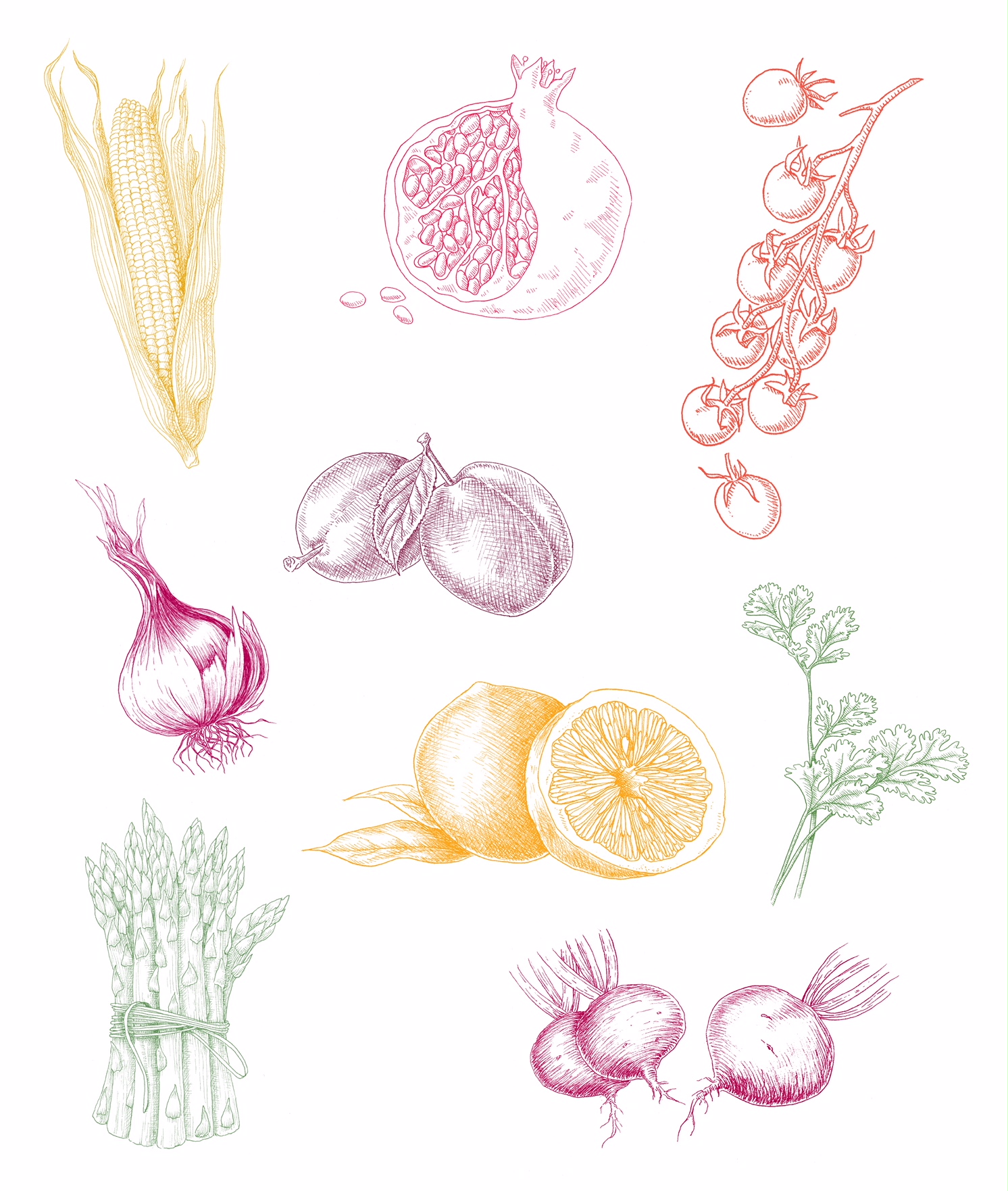
Another beauty that ambled in with the summer was a complete gem of a story written by Rosamund Young: The Secret Life of Cows.
Reading this gentle, and wholly relevant story was both revelatory and life affirming. We had raised our own pigs the previous year and the whole experience from their arrival to actually butchering and eating them was incredibly humbling, a complete honour. At that moment, her words felt like they were written for me. And so to be asked by Faber to illustrate her story was a delight.
As the Summer began to retreat, Autumn brought with her an ‘R’ in the month, and so there were mussels and oysters to illustrate (and eat).
Finally, as Winter crept in and all the autumn colours faded back into the soil, the skies became flushed with some of the most memorable sunrises and sunsets I’ve been lucky enough to witness. With her arrival came an almost manic need to keep busy, lest she catch up and render me petrified. I holed up in my studio, sharing the space with the new pup and the old terrier who’d intermittently befoul the air with their occasional, somnolent farting. To be honest it’s a miracle that I managed to draw anything… challenged with the unenviable choice of passing out from either the cold, or asphyxiation!
Here are some of the last things I drew before the year teetered over to draw the curtain on 2017.
I’m trying to avoid coming out with a seemingly stale and much hackneyed way of saying this. But the truth of the matter is I’m so grateful to you all for your incredible support, enthusiasm and humour throughout 2017. Without it, the scary bits might have been a little too much to avoid lingering over… a bit like looking at a the edge of a steep rock face, that you ‘just’ managed to convince your feet from falling down. We all know we almost fell. But we don’t need to hang around the rim of the precipice, mithering over what could’ve happened. It feels better to marvel at how we managed control our disco knees and keep going.
Here’s to 2018, where we all climb stronger, look up more and enjoy the skies.
With love, and thanks,
Anna
The Broad Bean
Most lunch breaks I take a walk down through our field. The grasses are measurably taller against my legs, and the new families of hoppers are now big and bouncy enough to spring board into the backs of my wellies, and even the turn-ups on my shorts. There are daubs of Clover and Birdsfoot Trefoil; rambling outbreaks of Lesser Stitchwort have spread like earthbound constellations. Large shifting islands of Yellow Rattle have appeared, and I’m easily distracted by the swelling patches of Mallow leaf that promise plump cushions of pink. Short spears of Bugle are beginning to draw the eye of Marbled Whites and Meadow Browns, while spiders can be seen with one foot always resting on the edge of their trampoline larders, poised for the vibrations of an unlucky prey. For the first time ever, this year there’s the joyful cascade of bubbling chatter from skylarks! Never in my wildest dreams would I have thought we’d be blessed with such a glorious choir.
Since planting out this year’s young and vulnerable seedlings, I’ve been making regular trips to my veg garden. I’m jangly with the anticipation of the new, the taller, the flowering and the almost fruiting. There’s also a palpable edge of dread. Often I find signs of visitors… the odd pheasant feather amongst the broadbeans, a silvered and neatly scalloped edge of a courgette leaf. But more recently I’ve been finding the occasional, oversized ‘mulberry’ of deer poo. We’ve done as much as is possible to at least guarantee some harvest, but it seems that over the last decade, each new generation of veg plot reveller has been gifted the genetic imprint of a map of this ‘free and full’ larder, and so my planting and protecting has had to become more strategic. Corn (a favourite) is bedded in beneath the cloak of a nut tree and the broad beans will be netted. Onions and garlic will always be the crops nearest the field side fencing as deer (and pretty much every other prospective diner) don’t much care for aliums.
Regardless of this, each visit is a routine and a rhythm that gives great comfort… a little check on my fledgling beans, the resecuring of a wayward pea tendril, a hoe between the sturdy shoulders of the onions to disturb the roots of any weedy interlopers, and a quick chat with the newly planted out purple sprouting broccoli, so small and vulnerable in their earthy corral. The potatoes need little encouragement, and besides they can’t hear me at this point, with their heads buried deep below. (Tell me I’m not the only one who talks to their vegetables.)
I’m writing this in the month of June, and am now fully engaged in the annual Battle of The Broad Beans. Having observed my daily routing, my stealthy opponents only seem to strike when I’m working or sleeping. Already the earth is becoming littered with disemboweled pods. It’s too late to sow more, but now I’ve netted what little remains and hope that the small crowd of beleaguered plants will manage to grow some more pods…
I love broad beans… they make me smile. They’re such a generous vegetable, giving pleasure throughout the whole process from the twist, twist n pick of the plump and green torpedo, to the slip of the thumb and the slow reveal of the soft velveteen nursery within; a row of smooth skinned cherubs, tiny umbilical cords slowly plumping up these happy beans. The choice of whether to peel once cooked: I love them both ways… that kidney-bitter skin is a rewarding contrast to the butter rich green of the bean within… I love them in a risotto, and adore them with a crumble of cheese and some wild rocket (perhaps some fried off pancetta stirred through).
Over the years, I’ve illustrated many podded vegetables, but have never felt entirely able to capture that freshness on paper. So having learnt to work with egg tempera, I decided that this might be the way to go, to mirror their depth of plush colour and form, and that undeniable sense of treasure revealed.
Of all the powdered pigments that nestle in the dark recesses of my studio drawers, Oxide of Chromium and Genuine Naples Yellow are the very essence of Summer. Dipping a licked-to-a-point brush into egg, then into powder, stirring on white porcelain to blend, then stroking across thick cartridge. There’s a deep and rich melody that plays out in my heart as I work the layers of tempera to create the shape and shadow of the split pod.
The studio window is open most of the time now, any loose papers are anchored with a ball of flint or a slab of slate. The parenting blackbirds are too busy, too tired no doubt, to argue over curtilage rights, so for once there’s just the sound of a breeze cuffing at the sea of bracken outside.
And then, inevitably, came the pea pod…
If you’d like to know about my work, then do get in touch. I’m always happy to have a chat.
And for those of you who’d like to have a go at painting in egg tempera, then I’m delighted to say that I’m running a couple of courses in September! One is due to be held at the gorgeous Otter Farm, and the other at the very beautiful Thyme. If you’re interested, then do get in touch with them to find out more. They’re truly inspiring places and it would be very lovely to see you there! Meanwhile, for more egg tempera illustrations in amongst other work, head over to instagram.
Anna x
How Terence Happened
This isn’t really a how-to paint-in-egg-tempera story, because for that I think we’d be better off sitting side by side, drinking tea (or wine) and playing with ground pigments, brushes and egg. I’d show you a few tricks, we’d crack an egg, sip some tea (or wine) and have a go. It’s very much a doing kind of thing.
But suffice to say, it’s been a very forgiving medium to learn, with results that have left me stroking paper and marvelling at the depth of colours you can build up, and just how much paint I’ve managed to ladle on without the paper buckling under the weight!
For illustrating food it’s the most inspiring medium I’ve ever played with. It allows me to build up gossamer thin layers and subtle details that lend the painting a living and visceral quality that photographers managed to capture in a click, and yet has truly evaded me up until now.
So I thought I’d simply post a few photos of how one particular painting progressed, from the first tentative and rather ill proportioned comedy sketch (where I pretend to know what I’m doing), to finding Terence, the perfect model (with huge thanks to Dan, my local fishmongers, for his boundless enthusiasm), to at last standing up straight (phew!) and feeling properly happy with the result.
This study took 7 eggs, some 18 layers of colour and detail, and many mugs of tea and kitkat breaks, and it’s been a complete joy.
Oh by the way, if you’d like to have a go, I’ve been asked by the wonderful Otter Farm and Thyme to hold workshops in September. It would be lovely to see you there; we could sip tea (or wine) and I’d be delighted to help you produce something beautiful!
Strange fruit
Listening to the Jackson Five, pinning down a skiddy, dry skinned cricket ball of a shell whilst jabbing at it with a teaspoon, is my first memory of a pomegranate.
And to be honest, I thought it was messy and all rather pointless (not exactly as easy as ‘a b c‘.). So I put down the teaspoon and the stubborn fruit, wiped my hands on the front of my favourite nylon dress, and lifting the Dansette’s needle back to the beginning of the ’45 I trotted off miming the words “as simple as do re mi…” I wasn’t exactly charmed. In my mind I likened it to the same disappointment that the Two Bad Mice in Beatrix Potter must’ve felt, on discovering that all of the luscious and promising food in the dolls’ house was made of plaster: utterly duped.
It was the age when ‘exotic’ fruits were beginning to appear at the local greengrocer, and mum perhaps felt more obliged rather than inspired to buy these strange fruit.
Visually I was utterly beguiled… the treasure trove appeal was not lost on a 5 year old’s magpie-like penchant for shiny brightly coloured jewels. But the seeds were dry, bitter even. Give me tinned peaches any day… so little effort for a sweet and easy kick. And at the time we had rather a lot of tinned peaches as a result of Dad ‘finding’ a large quantity of industrial sized tins from a lorry that had slipped its load on a narrow bridge at night. We worked our way through the tins of the syrupy sweet slugs for weeks, and rather sadly I now can’t even look at them in the aisle at the supermarket.
As a grown up their visual appeal never left me, but it seemed that no matter how many times I tried to find a liking for their flavour and texture, they would disappoint. I really couldn’t understand why you would want to eat them, let alone ruin a perfectly good salad with them!
Yet the bizarre thing is that regardless of my lack of taste for them, I found myself constantly drawn to paint them. It was perhaps my way of compensating for that elusive element.
Oil on canvas
Egg tempera on cartridge
But then it happened, when I least expected it…
Last year I visited a market in Barcelona, nothing spectularly life changing there you might think. But it was here that someone casually thrust into my hand a plastic cup brimming with pomegranate seeds, and so I tried them, one more time. The mouth explosion that occurred must be one that’s familiar to all those in ‘the know’. But for me it was a multi layered sensorial shock of the most undeniably sensuous kind. I was encouraged to spoon them into my mouth. But I somehow misplaced the spoon in my wanton, slightly untethered state of nirvana, and with eyes closed I ended up just simply pouring them into my mouth, red juice trickling as I bit and burst seemingly hundreds of these exquisite little ruby red grenades of flavour.
There are many theories on the best technique to cut, peel, and empty the contents of a pomegranate, and I think that I’ve tried every which way possible, but by far the most satisfying way is this one… no spoon required either!
I shall never see a pomegranate the same way again.
And I suspect I shall never paint them quite the same way either.
After some surprisingly early nudges and a few cups of tea...
November 15, 2016Uncategorized
Hello to you all!
It’s been a while since I wrote anything, and I should say that this is not going to be an essay, but simply a quick note to say that, yes, I’ll be offering prints for anyone who may be thinking of what to buy their nearest and dearest for (sorry about this) Christmas.
Here are my particular favourites… and some of them are also available as originals (of which of course, there’s only one!). These won’t be going up on my website as regulars prints at this stage, so do get in touch by email if you’d like to know prices and availability.
And of course, if there’s a particular image you’ve seen on my website that you had in mind, then do drop me a line.
Wishing you all the best of luck with the almighty skid and slide towards the big day…. I confess that I’ve only bought one present so far, but then I’m pretty rubbish at forward planning.
Anna X
An oink around the corner...
“You’ve got pigs? Really? How brilliant is that?!”
We walk around the corner of the house…
“Oh wow… they’re adorable. Look how they roll in the straw. Oh they’re looking at me! Those ears… their noses! Oh my goodness! They’re beyond cute!”
Then…
“Can I feed them? They like apples? Haha, oh they LOVE apples. Look it’s gone! Oh they’re gorgeous.”
Then, finally…
“No! You can’t eat them. How can you? They’re so lovely. They’re as intelligent as dogs you know. Did you know that? Surely you’ll not be able to do ‘it’?”
It’s undeniable: they’re very endearing. And now, after two weeks of settling in to their new home, getting to know the rhythm of their day, their meals times, our comings and goings, they have definitely nosed their way into at least a corner of our hearts. For our middle child I suspect that they have taken up residence at the very centre.
But the truth is this: We like bacon… and ham, sausages, shoulder, neck… For me, and many I suspect, say the word ‘bacon’ and my taste buds get lost in a state of reverie! (Though there have been occasions when we haven’t sourced sensibly, perhaps the pig hasn’t lived the best of lives, and there’s no doubt the meat will always be a mirror for this.)
But over the years a deep seated nagging has taken hold of my sensibilities. If we’re happy to eat pork, then we should be prepared to take some responsibility for it’s provenance. The idea was simple. We’ve got a bit of land: we should ‘grow’ our own. In doing so we’ll have a more realistic understanding of the process… from field to fork… and all the bits in between.
The aim is to give them the most contented lives possible as they grow. And when the time comes, I’ll go with them to slaughter. I’ll learn how to butcher them. We’ll make our own sausages, ham, and bacon if possible. And if, during this journey, we become too attached, too squeamish, and indeed don’t fancy eating pork ever again, then this will be an educated response. Not an automatic ‘make mine a full English’ reaction. We’ve all ‘signed up’ for this in our family, and I’m pretty certain it’s going to be an unforgettable education.
I’ll keep you posted.
In fact it’s likely the next essay will be entitled: Running (wild and unplanned) With Pigs

